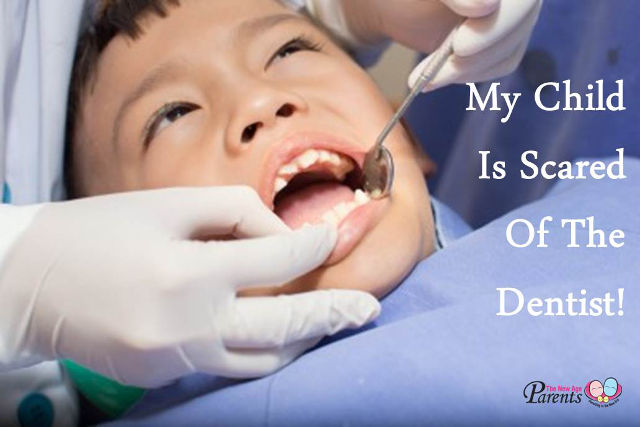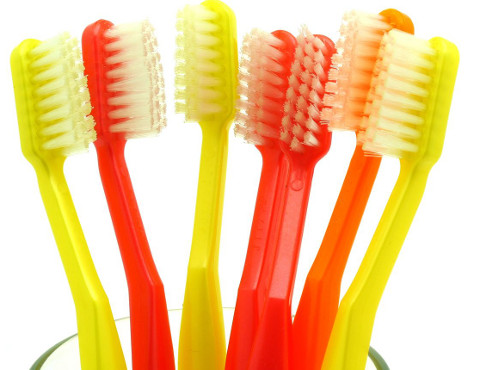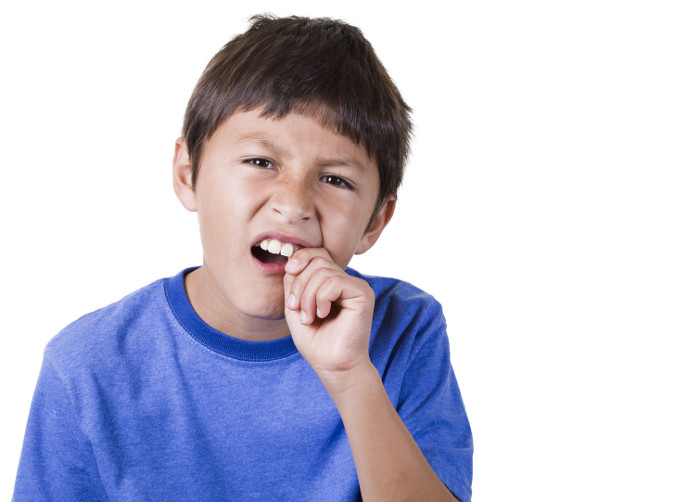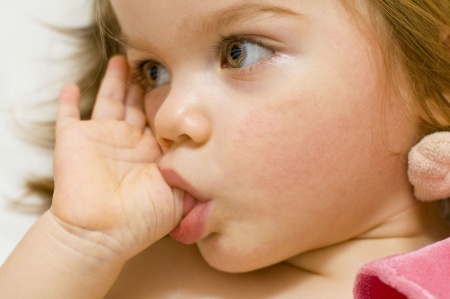How can parents protect their toddler’s oral health and get them started on good oral practices? Dr Lim Min Min, Dental Surgeon at T32 Dental Centre lists down eight ways to do so.
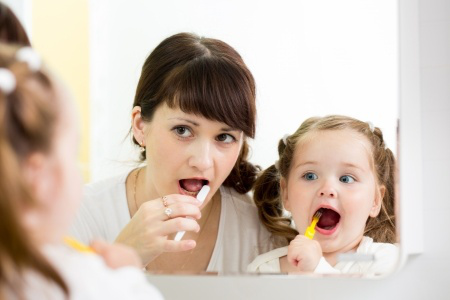
A Step By Step Guide To Protect Your Child’s Oral Health
Step 1. Avoid Milk Bottle Decay
One of the most common reasons for severe rampant tooth decay in toddlers is ‘milk bottle decay’, when toddlers sleep while they suckle on their milk bottles overnight. This results in prolonged contact between the milk and toddler’s teeth, during which the milk breaks down to sugars.
Decay-causing bacteria then act on the sugars and dissolve the toddler’s teeth. This is why many pediatricians and dentists recommend parents wean their toddlers off the milk bottle by 1 year of age and move on to use ‘sippy’ cups.
Step 2.Practice Good Oral Hygiene Habits
It is good to start your toddlers on a good oral hygiene regime early. This includes having your toddlers brush their teeth twice a day using an appropriate toothbrush and toothpaste. While we know that toddlers do not have sufficient manual dexterity to brush their own teeth well, it is still a good idea to have them brush their teeth once before you check and brush for them a second time.
Step 3. Use an Appropriate Toothbrush
There are many toddler specific toothbrushes out there. The common design features you should look out for are: a large, easy to grip handle and a small brush head to reach all surfaces of their baby teeth.
Step 4. Use an Appropriate Toothpaste
It is recommended to start with fluoride-free toothpaste. Once your toddler is used to brushing their teeth and does not swallow the toothpaste, you can begin to introduce low fluoride kinds of toothpaste that are specially formulated for children. These are more effective in preventing tooth decay than fluoride-free ones.
Step 5. Eat Right
Most toddlers are naturally attracted to sugary foods. This is why baby milk formulas are often very sweet and some caregivers use sweets as a ‘bribe’ to get toddlers to behave.
Unfortunately, high sugar intake is the primary cause of tooth decay in children. It is best to restrict the number of sweets given. It is also recommended to wipe your baby’s teeth with a damp cloth (if brushing is not possible) after milk feeds.
Step 6. Be A Good Role Model
Toddlers are easily impressionable and want ‘to be like’ mummy and daddy. When toddlers develop tooth decay, many parents complain it is because their toddlers do not want to brush their teeth. Or even if they do, they brush their teeth in a haphazard manner.
An effective tip is to have your tot see you or your spouse routinely carrying out good oral hygiene habits. Most children with decay-free teeth have daily brushing times with their parents.
Step 7. Pacifier Use
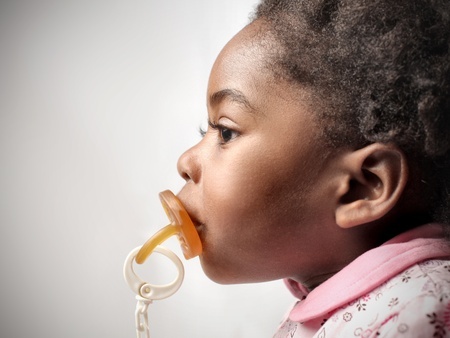
Prolonged and sustained pacifier use can sometimes result in irreversible changes to your toddler’s oral structures. The extra pressure exerted on the oral structures during sucking moulds the jaws into poor arch forms and causes their teeth to become poorly aligned.
Also, the longer your toddler has been using the pacifier, the harder it would be to wean him off it later. To wean your toddler off the pacifier, try to examine why your toddler is dependent on it. Do they find comfort and suck on it when they are upset? The next time your toddler is upset, reach out to them instead of the pacifier.
Step 8. Regular Dental Checkup
As recommended by Singapore’s Ministry of Health, toddlers should have their first dental checkup at one year old. This is to ensure that your toddler’s teeth are developing well and there are no serious dental problems.
Regular dental visits to a toddler-friendly practice will habituate your toddlers to the dental office environment and make them look forward to fun teeth cleaning visits instead of being fearful. As always, prevention is better than cure.
By Dr Lim Min Min, Dental Surgeon at T32 Dental Centre.
Practice Address:
T32 Dental Centre
One Orchard Boulevard, 17th Floor
Camden Medical Centre
Singapore 248649
Tel: (65) 6733 1388
Email: t32@t32dental.com
Emergency Dental Services: (65) 6398 5578
* * * * *
If you find this article useful, do click Like and Share at the bottom of the post, thank you.
Like what you see here? Get parenting tips and stories straight to your inbox! Join our mailing list here.



































